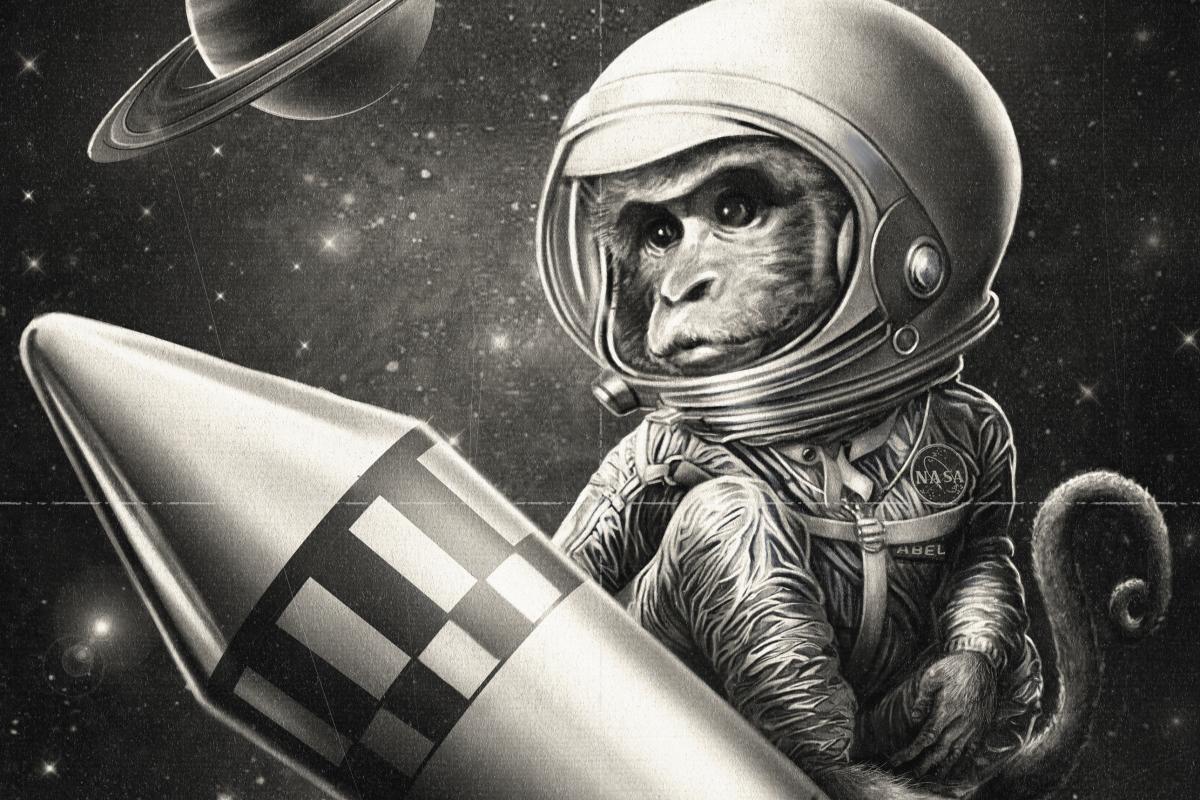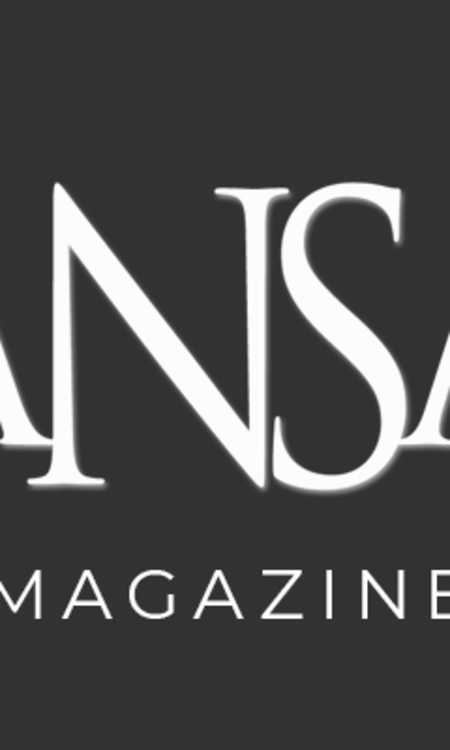 Illustration: Torren Thomas
Illustration: Torren Thomas
An unlikely astronaut, a Kansas monkey named Miss Able, rocketed the U.S. into the space race in 1959. Her successful ride in a Jupiter nose cone paved the way for humans to explore the cosmos.
Miss Able was born at the Independence, Kansas, Ralph Mitchell Zoo in 1957 and lived an unheralded early life there with her rhesus monkey troop. But when, in a far-away realm, the Soviet Union successfully launched its Sputnik satellite, the United States felt itself falling behind in the space race and accelerated its research. It turns out that Miss Able was the catalyst.
“After the Soviet Union launched Sputnik, the U.S. went into overdrive to make up ground in the race and responded by hurrying to send animals to space to prove that surviving space flight was physically possible,” explains Ralph Mitchell Zoo director Scott Patton.
When the U.S. Navy issued an urgent plea for rhesus monkeys, the Independence Zoo sent several candidates. After extensive evaluation, the Navy selected Miss Able and a female squirrel monkey named Miss Baker for their flight to test the biomedical effects of space travel.
At 18 months old, Able and her counterpart were fitted with spacesuits and helmets with built-in sensors and were launched in a Jupiter rocket from Cape Canaveral on May 28, 1959. They climbed to an altitude of 360 miles and traveled 17,000 miles in 16 minutes, reaching speeds of 10,000 miles per hour. The Navy ship U.S.S. Kiowa retrieved the spaceship and found the two resilient primates in good health, earning status as the first animals to survive space flight and leading the way to manned flights.
Healthy upon return, heroine Miss Able unexpectedly died soon after from a medical procedure complication. But her fame lives on at Ralph Mitchell Zoo’s Monkey Island, once home to her and her rhesus buddies and playful white-faced capuchin monkeys today.
The zoo opened in 1925 in Independence’s Riverside Park. Monkey Island was added in 1932 during the Great Depression as part of a WPA project.
“Monkey Island was built to hold rhesus monkeys like Miss Able, but the real purpose was to provide work for unemployed local men during the Depression,” Patton explains.
Today’s historic structure is much like it was when Miss Able frolicked there, with the centerpiece limestone castle surrounded by a moat. Vegetation resembling the primates’ natural habitat, climbing structures, heat and air conditioning are added comforts.
A life-size bronze sculpture of Miss Able climbing a branch was unveiled at Monkey Island in June 2024 during Miss Able’s Summer Blastoff celebration. The inaugural festival marked the 65th anniversary of her historic flight. Independence plans to host the Blastoff celebration each summer.
Elsewhere, the town pays tribute with nods such as the zoo’s Miss Able Avenue address and Miss Able’s Snack Shack, as well as a mural at the football stadium depicting Able gazing at the starry sky in her space suit.
“It’s a very popular photo op,” says Patton.
Sixty-five years later, Miss Able and Monkey Island remain a space-age attraction.
“We get people from all over the country who are interested in space history and come to find out more about Miss Able and see the island,” Patton says.
“Miss Able cemented the Ralph Mitchell Zoo as a place in history, and we’re very grateful to her,” he adds. “She represented a win for the United States when there was much political uncertainty—a huge morale boost for the whole country during the Cold War.”
The Ralph Mitchell Zoo is open daily, 9 a.m. to 7 p.m., April through October, and 9 a.m. to 5 p.m., November through March. Admission




